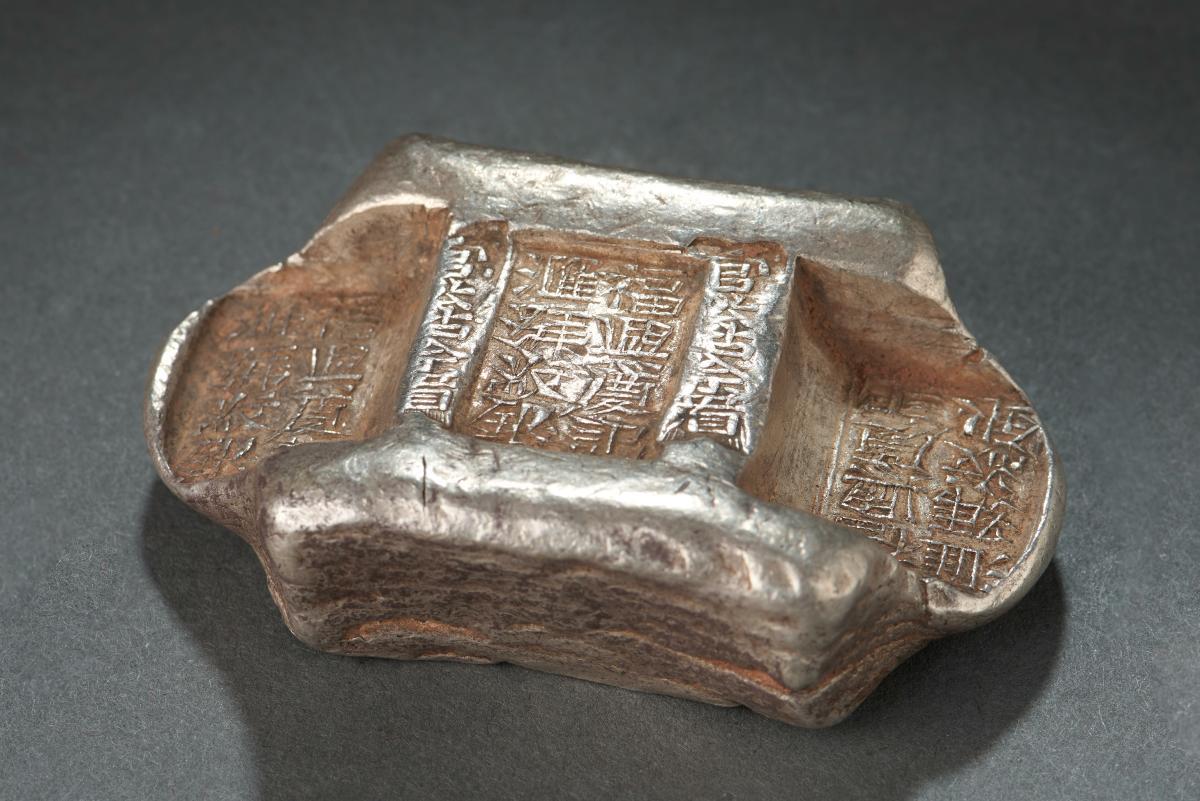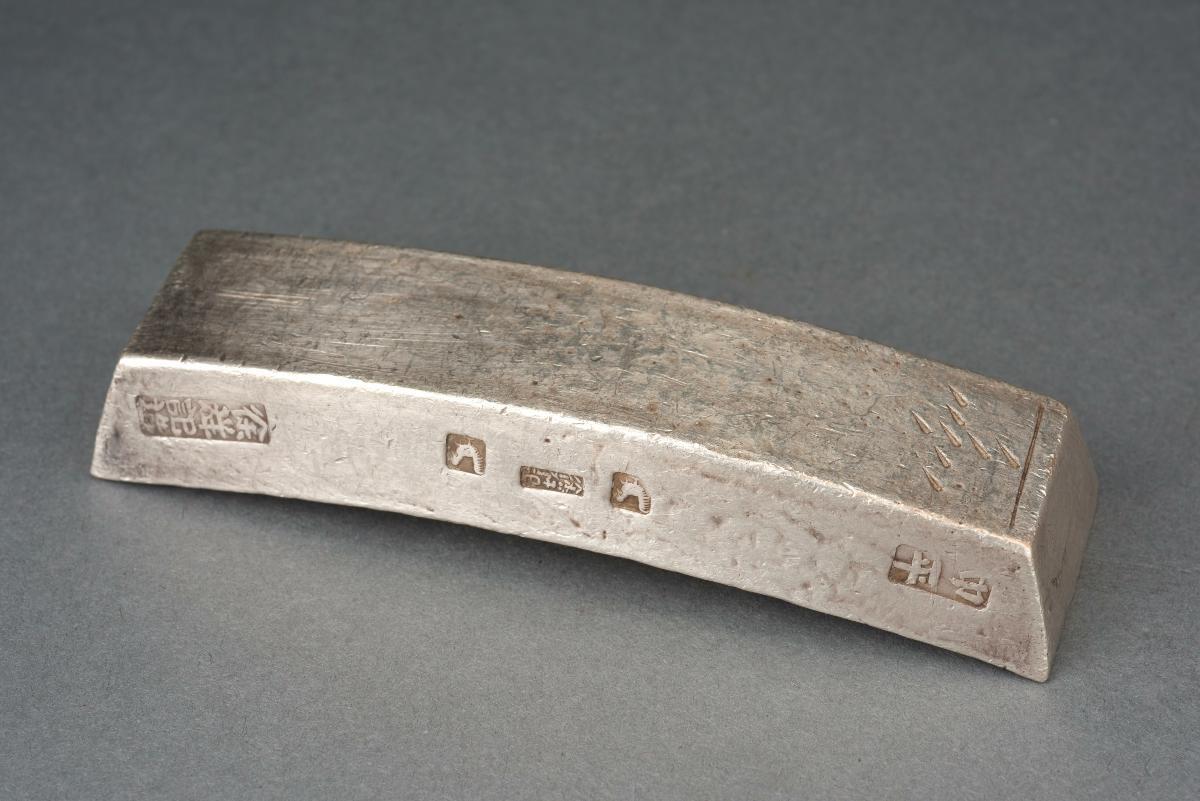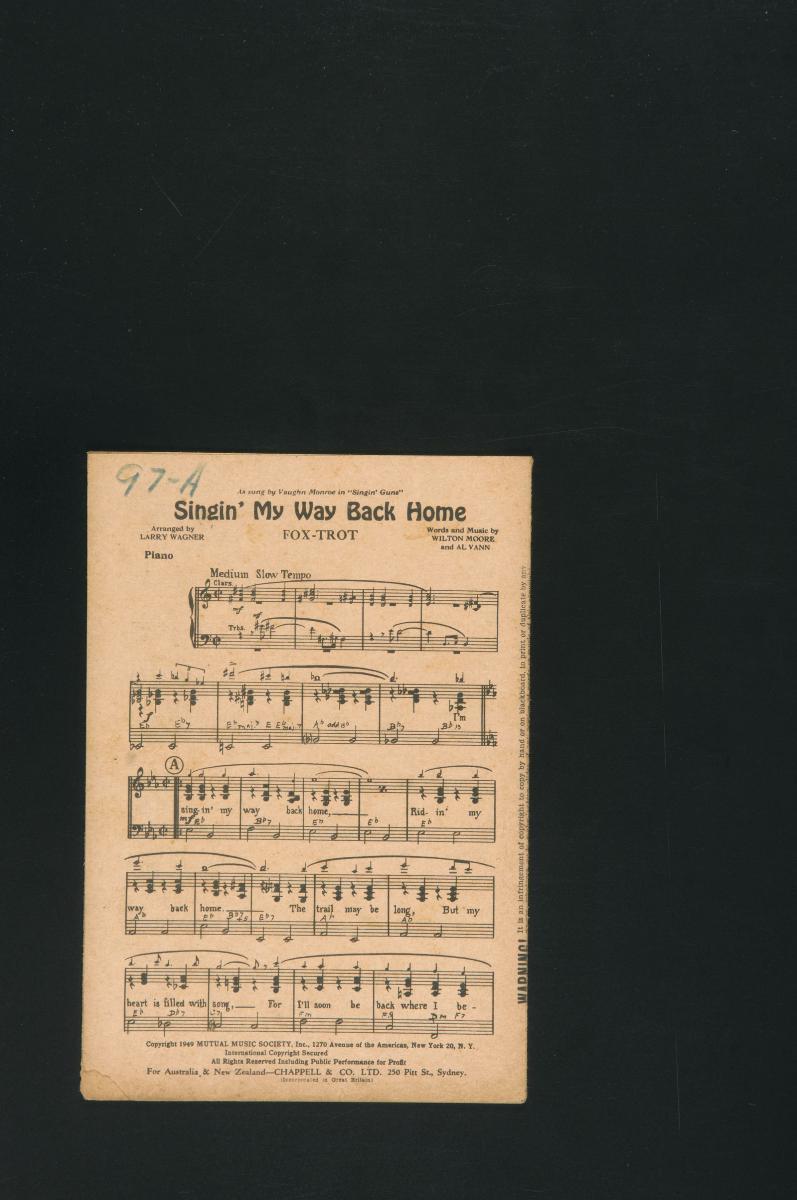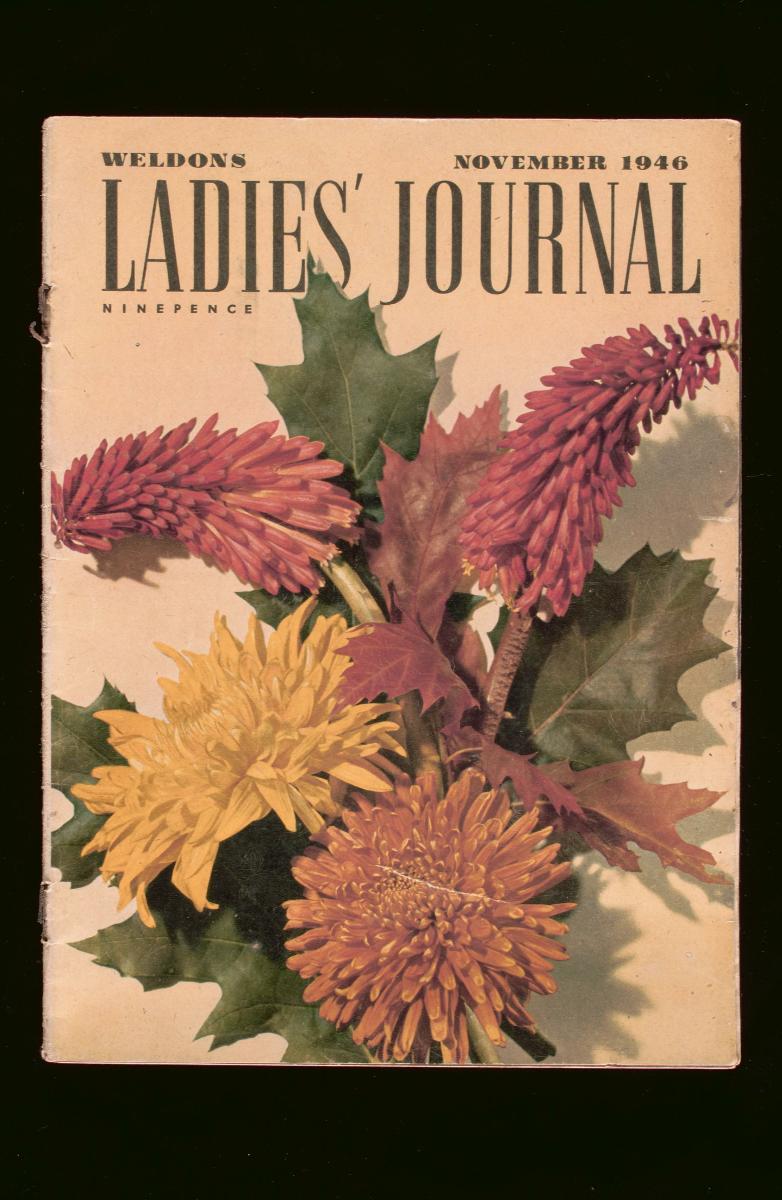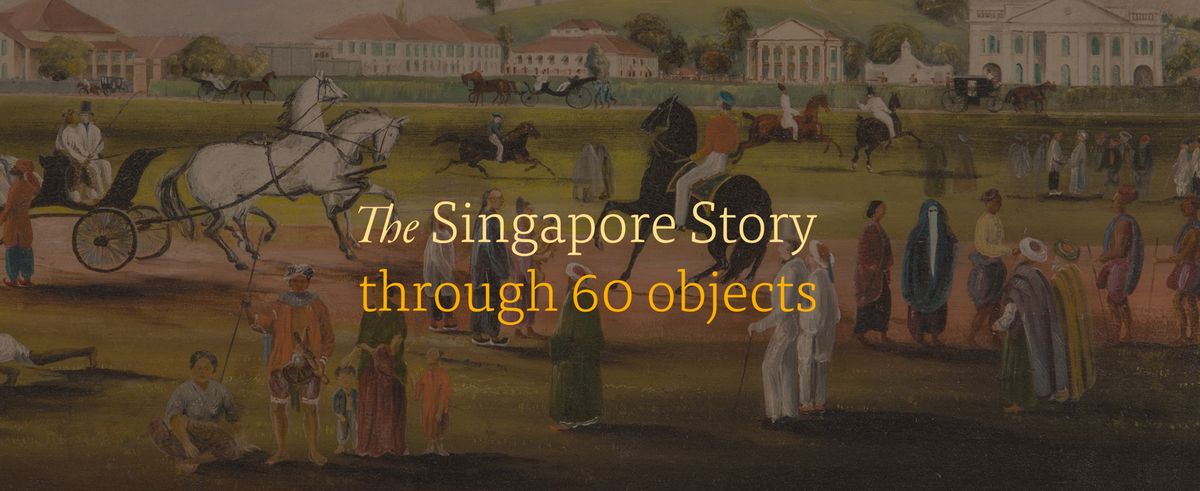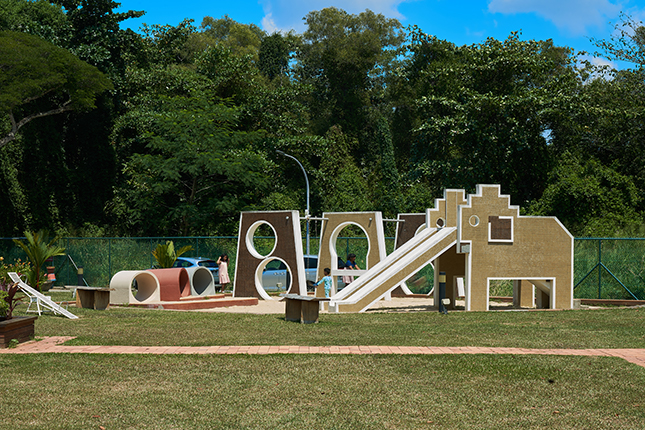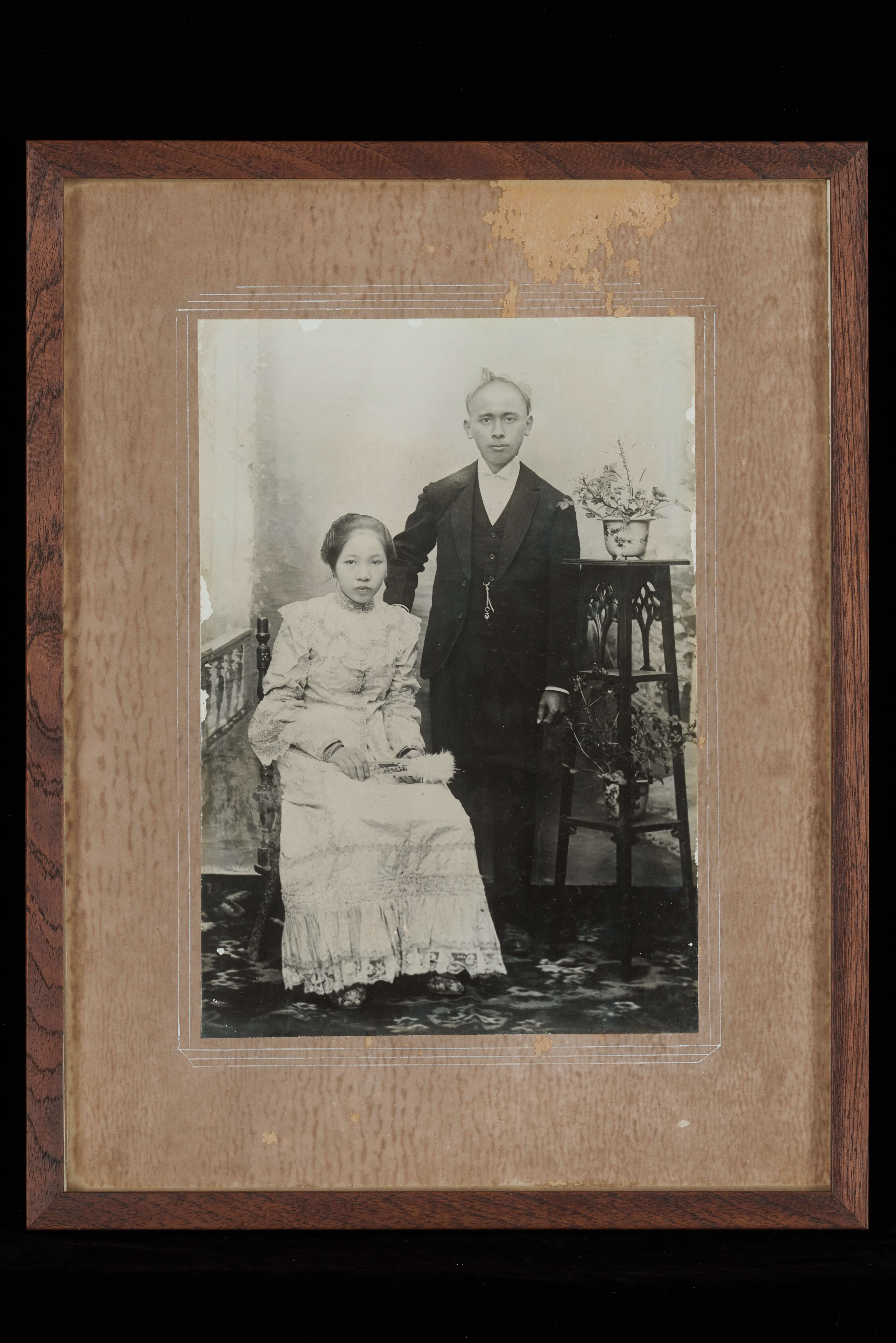This small rectangular ingot has three sections of impressed text. It was issued as currency by an old-style Chinese private bank known as Fu Xing Qing Ji, in Kunming of Yunnan province. Large deposits of silver were mined in several Chinese provinces with most of the native silver obtained from mines at Hoshan in Yunnan in the southwest. Indigenous silver was made into ingots of varying sizes and weights, known as 'sycee'. The term sycee is derived from the Cantonese word 'hsi szu' meaning 'fine silk'. It was given to silver by bankers as it looked like fine silk. China's silver reserve was further boosted by trade particularly with European merchants. However, silver ingots were also used as currency in Vietnam, Thailand and Laos. They can still be found today in markets where Hmong and other highland communities come to buy and sell them.




